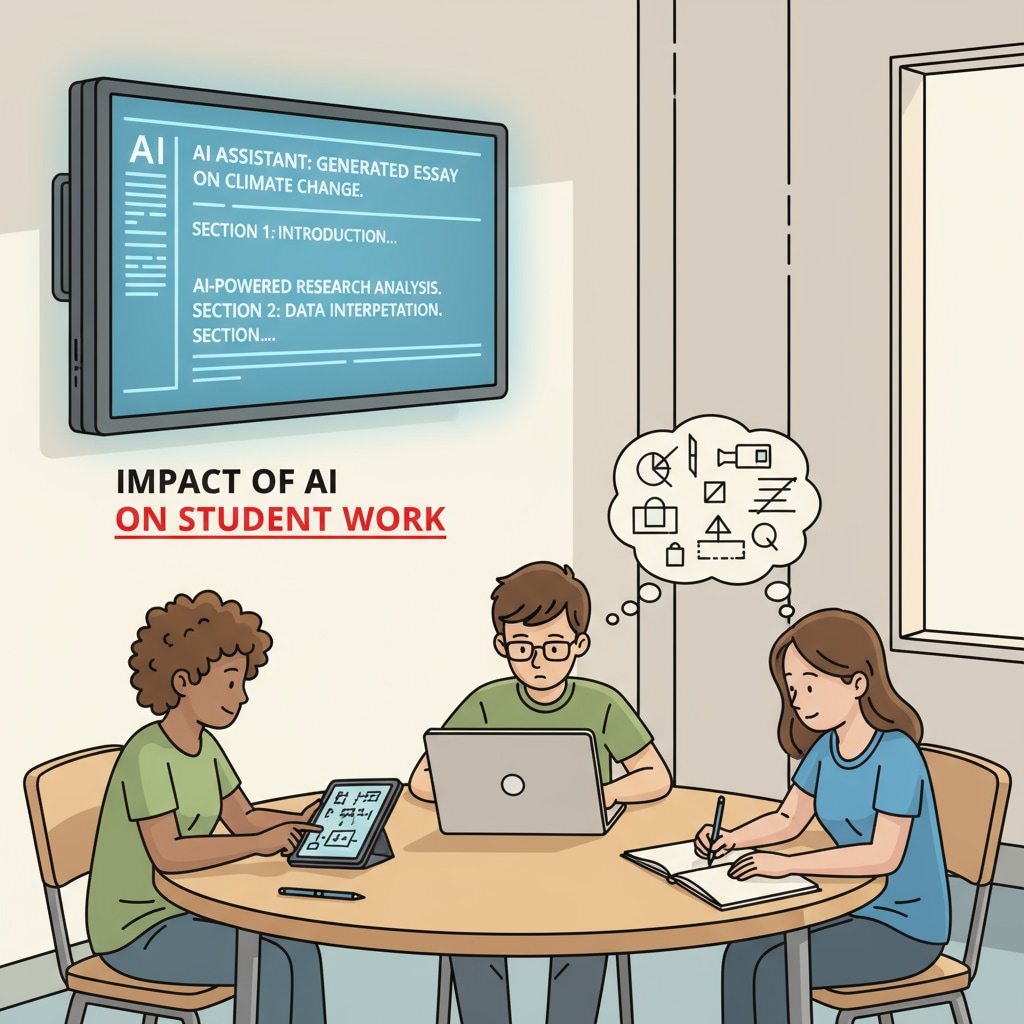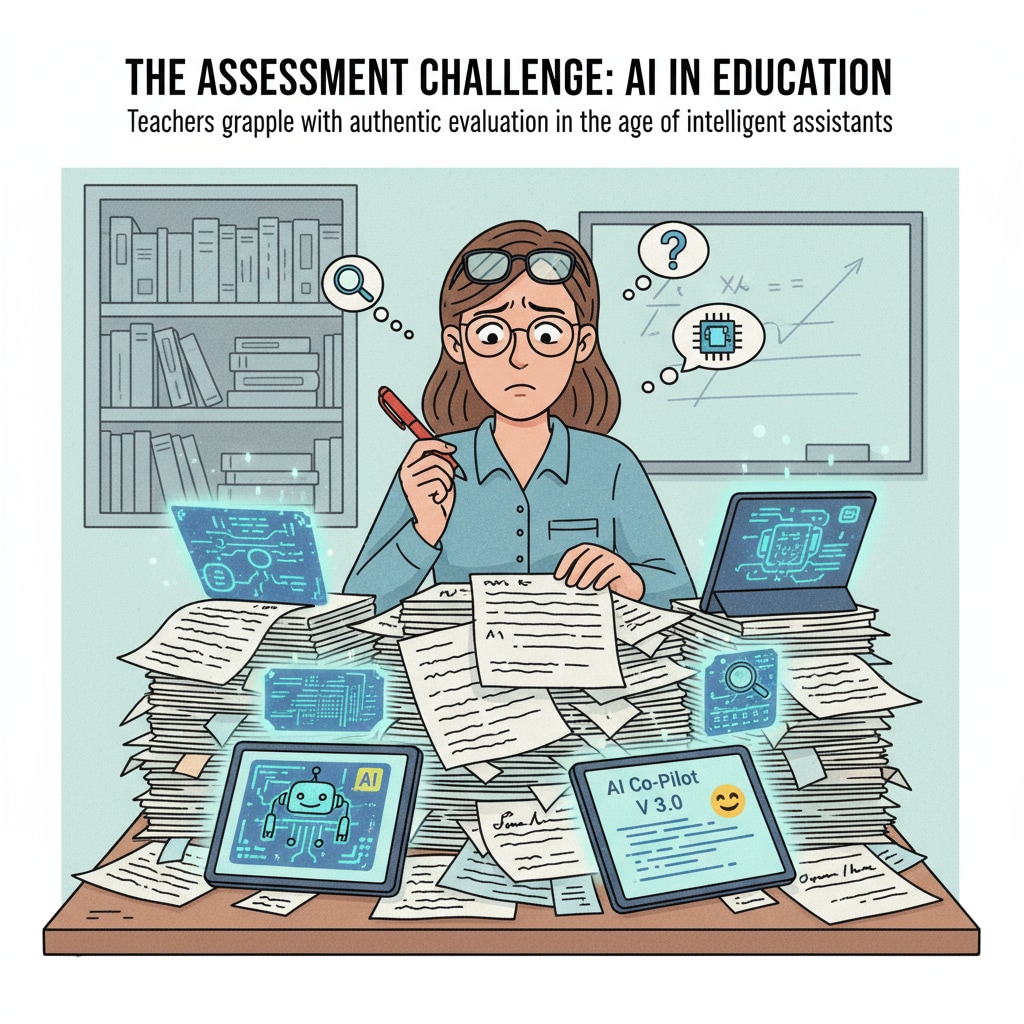Student writing, assignment authenticity, and educational purpose are at the heart of the current educational landscape, especially with the rise of AI-generated content. In the K12 education system, the widespread use of AI tools is presenting unprecedented challenges to the integrity of student work.

As students increasingly turn to AI to complete their homework, the once-clear line between genuine effort and artificial assistance has become blurred.
The Alarming Rise of AI in Student Assignments
The use of AI in student writing has skyrocketed in recent times. Tools like ChatGPT can generate well-written essays, reports, and answers to various questions within seconds. This has led to a situation where students can submit high-quality assignments without actually having the knowledge or skills to produce them. For example, a student who struggles with writing a history essay can simply input a prompt into an AI tool and receive a polished piece of work. This not only undermines the educational purpose of assignments but also makes it difficult for teachers to assess students’ true understanding. ChatGPT on Wikipedia

Rethinking Educational Assessment
Teachers are now faced with the daunting task of reevaluating how they assess students. Traditional methods of grading based solely on the quality of written assignments are no longer sufficient. They need to look beyond the final product and consider other aspects such as in-class participation, oral presentations, and real-time problem-solving. By observing students’ performance in these areas, teachers can get a more accurate picture of their knowledge and skills. For instance, during a class discussion, a teacher can gauge a student’s understanding of a topic based on their contributions. This new approach to assessment aligns more closely with the true purpose of education, which is to develop students’ critical thinking and communication abilities. Educational Evaluation on Britannica
Maintaining the authenticity of student assignments is crucial for the educational system. It ensures that students are learning and growing as they should. Teachers can implement strategies such as requiring students to submit drafts, conducting one-on-one conferences to discuss their work, and using plagiarism detection tools that are updated to detect AI-generated content. By doing so, they can encourage students to take ownership of their learning and produce genuine work.
Readability guidance: In this article, we’ve seen how AI is disrupting student writing and assignment authenticity, challenging the educational purpose. Short paragraphs and clear lists help present the key points. Transition words like “for example” and “however” are used to make the flow smooth. The focus is on presenting practical solutions for educators to deal with this emerging issue.


